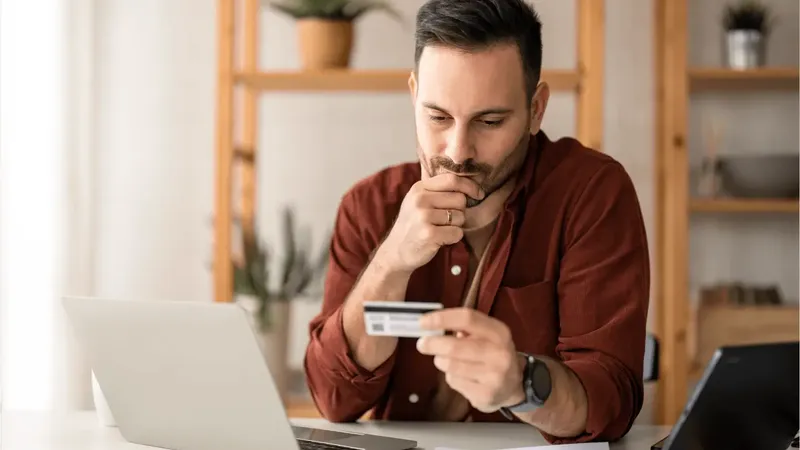
Smart Security Moves: A Checklist for Safer Online Accounts
Are you taking the right steps to secure your online accounts? Learn the most common ways passwords get stolen and what steps you can take to improve your online security.
Your online accounts are only as strong as the security habits you build around them. From login protections to scam awareness, this checklist covers the essentials for keeping your digital life safe. Whether you're locking down your devices or learning how passwords get stolen, these tips can help you stay one step ahead.
Strengthen your login with Two-Factor Authentication (2FA)
- Enable 2FA wherever it's offered. If a site prompts you to set it up, take the hint—it's a simple but powerful upgrade to your security.
- Understand how 2FA works. You’ll enter your password and a second code (usually sent via text or email) to log in. Even if someone steals your password, they can’t access your account without that code.
- Prefer authentication apps over texts or emails. Apps like Google Authenticator or Authy generate code directly on your phone, making it harder for hackers to intercept them.
Stay alert with account notifications
- Turn on alerts for key accounts. Banks, credit cards, and email services often offer notifications for suspicious activity or logins from new devices. These can help you catch threats early.
How passwords get stolen and what to do
Phishing, smishing, vishing: the scam trifecta
- Be skeptical of urgent messages asking for personal info. Scammers are skilled at making fake emails, texts, or calls look real.
- Never share sensitive info via email, text, or phone. If you're unsure, contact the company directly using verified contact details (like the number on the back of your card).

Learn how to spot a social engineering scam
Scammers are smarter than ever. The good news? Once you know how these scams work, they’re much easier to spot. Learn more about what you should know to help you stay safe.
Data breaches at companies
- Change your password immediately if a company you use gets hacked. Don’t wait, act fast to secure your account.
- Update similar passwords across other sites. If you reused the same or similar passwords elsewhere, change those too.
Device theft
- Secure your devices with passwords or biometric locks. Make sure your phone or laptop requires authentication to wake up or turn on.
- Avoid storing passwords in plain text. Don’t keep them in documents or notes on your device.
- Turn off auto-fill in browsers and password managers. This prevents easy access if your device falls into the wrong hands.
Security doesn’t have to be complicated. A few smart habits, like enabling 2FA and staying alert to phishing can go a long way in keeping your accounts safe. Think of this checklist as your digital hygiene routine: simple, effective, and worth doing regularly.
Build your financial know-how


Scam & Fraud Protection
6 Types of Scams and How to Help Protect Yourself


Scam & Fraud Protection
7 Simple Ways to Secure Your Cards


Emerging Threats & Trends
Smarter Password Habits that Help You Stay Safe
Contact Us
We're here for you—online, by phone, or in a branch.